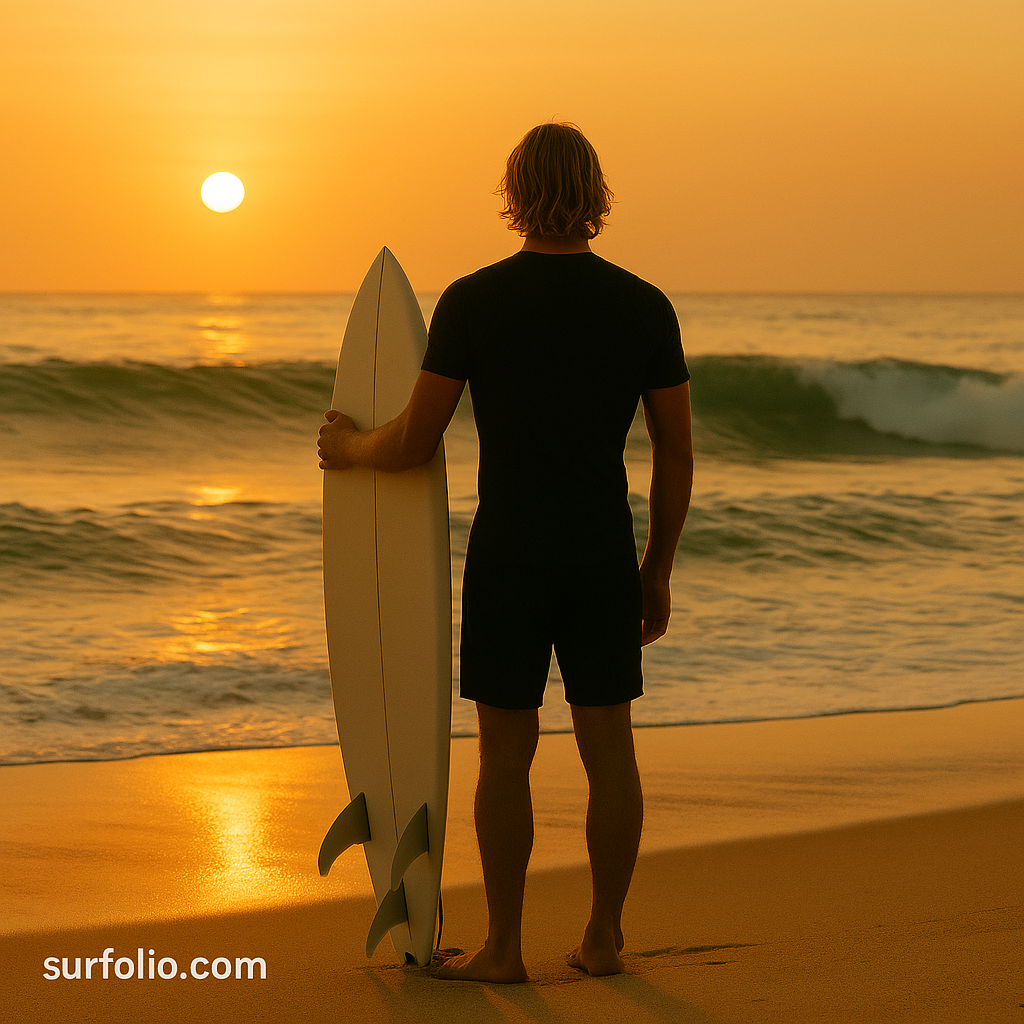
Why Reading Waves Matters
Every surfer knows the thrill of catching the perfect wave — but that moment starts with how well you read the ocean. Knowing what the water is doing, where a wave will break, and when to paddle is what separates beginners from confident, consistent surfers.
Learning to “read waves” isn’t luck — it’s observation, timing, and experience. Once you understand how the sea moves, you’ll waste less energy and score more rides.
Step 1: Watch the Ocean Before You Paddle Out
Before jumping in, spend at least 5–10 minutes watching the lineup. Look for:
- Where most waves are breaking
- How far out surfers are sitting
- Where waves consistently peak and peel
- How the current is moving
This pre-surf scan gives you an instant map of what’s happening. You’ll spot rips, sets, and channels before paddling blindly into them.
Step 2: Understand How Swells Become Waves
Waves begin as energy from distant storms traveling through the ocean. When that energy reaches shallow water, it rises and breaks — forming surfable waves.
The key factors are:
- Swell size: How much water is moving.
- Swell period: The time between waves (longer = more power).
- Swell direction: Determines which breaks will work best.
Check surf forecasts to see which swells hit your beach most consistently.
Step 3: Identify the Peak
The peak is the highest point of a breaking wave — the takeoff zone. It’s where the wave first starts to pitch and open up.
- If the wave breaks left, the face opens to your left (you ride to the left).
- If it breaks right, it opens to your right.
Pros can spot peaks seconds before they form. Watch for a bump rising out of the water and the direction it leans — that’s your cue.
Step 4: Look for the Shoulder and the Closeout
The shoulder is the unbroken, rideable part of the wave — that’s where you want to go.
A closeout, on the other hand, breaks all at once across the entire wave, leaving no open face.
Train your eyes to recognize:
- Angled, peeling waves → rideable
- Flat, collapsing waves → skip it
Reading these cues helps you choose quality over quantity.
Step 5: Watch the Sets and Lulls
Waves come in sets — groups of larger waves — followed by lulls, or calmer periods.
Count the number of waves in each set and how long the lull lasts.
This helps you:
- Time your paddle-out during the lull
- Position yourself for the biggest wave of the next set
Patience and rhythm make all the difference.
Step 6: Understand Local Bathymetry
“Bathymetry” means the underwater shape of the seafloor — reefs, sandbars, and points all affect how waves break.
- Reef breaks = predictable, mechanical waves
- Point breaks = long, peeling rides
- Beach breaks = shifting peaks, less predictable
Study your local spot on Google Earth or during low tide to understand what’s beneath the surface.
Step 7: Use Other Surfers as Cues
Watching experienced surfers is one of the fastest ways to learn. Notice:
- Where they sit in the lineup
- How they angle their takeoffs
- Which waves they skip or commit to
Each session becomes a live classroom in reading the ocean.
Step 8: Practice Makes Perfect
Wave reading is like learning a new language — the more time you spend in the water, the more fluent you become.
Surf a variety of spots and conditions to develop intuition.
Soon you’ll start to feel when a wave is about to stand up, rather than just seeing it.
Final Thoughts
Learning to read waves is the secret skill that makes surfing feel effortless. The pros aren’t lucky — they’re observant.
Next time you paddle out, slow down, watch, and tune into the rhythm of the ocean.
With time, you’ll stop guessing which waves to catch — and start knowing.
